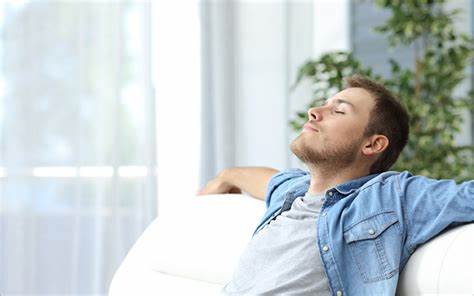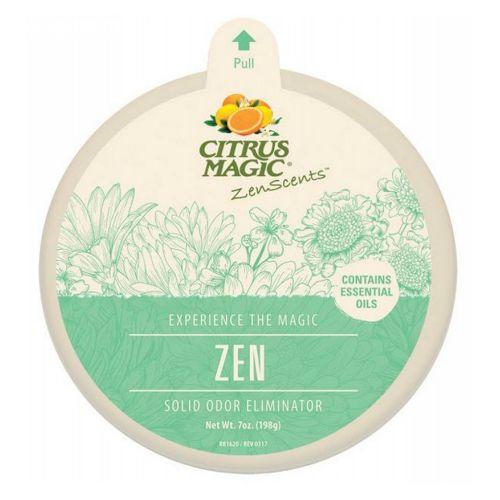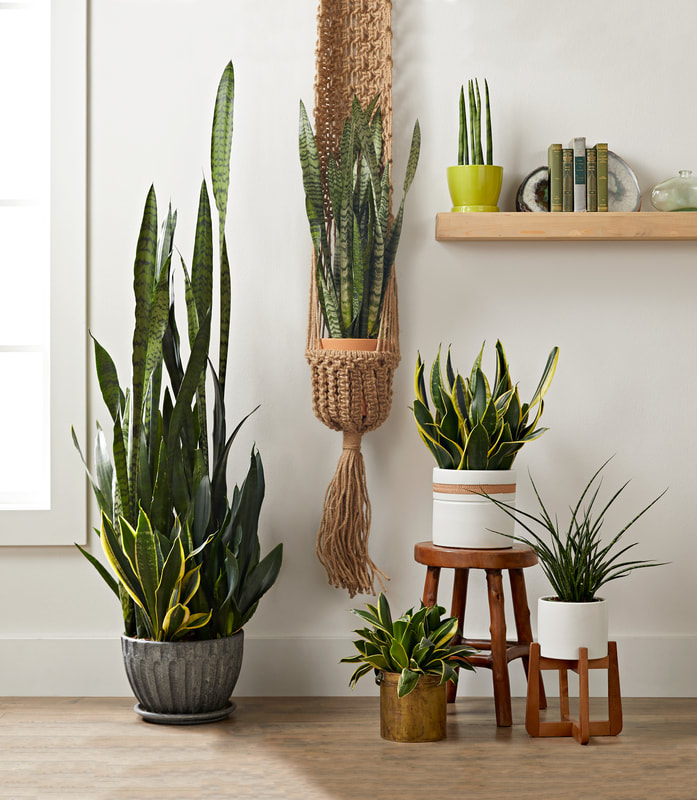|
Take a deep breath slowly through your nose. Focus on what you smell. Focus on what your lungs feel like once inflated. Now slowly exhale it. Let's talk about indoor air pollution, how it affects you, and what you can do to improve it. On average, most people take around 20,000 breaths per day. With each breath you take you inhale everything in the air. Quality clean air is 21% oxygen, 78% nitrogen, and 1% other, such as water, neon, carbon dioxide, dust, and hydrogen. How Many Breaths Do You Take Each Day? | The EPA Blog Air pollution occurs when other substances fill the air at a rate higher than they can be diluted, dispersed, or dissipated. This causes the amount of oxygen in the air to drop to a lower percentage and the air to fill up with particles that are not necessarily healthy to breathe in. OSHA determined that the ideal amount of oxygen in the air for humans to thrive is 19.5% to 23.5%. When there is less than 19.5% oxygen in the air it is a hazard to human health. Mental functions become impaired at 10-14% oxygen. It is not possible to survive if oxygen drops below 6%. Air quality is vital to human health because we depend on it to live, but we also depend on air to be clean to stay healthy. 10 interesting things about air – Climate Change: Vital Signs of the Planet (nasa.gov) Air becomes polluted from finely dispersed liquid aerosols, finely divided solids, and various gases. The earth itself will pollute the air with smoke and ash from fires, volcanic eruptions, dust and pollen, molds and spores, and other natural phenomenon. Have you felt how difficult it is to breathe when wildfire smoke fills the air, or a wind storm blows too much dust? Have you smelled mold or mildew and immediately felt sick, like you needed fresh air? Humans also pollute the air with our life styles. Motor vehicle exhaust, dust from tilling farmland, factory and energy production exhaust, and the use of some Volatile Organic Chemicals (VOCs.) VOCs are natural and synthetic chemicals that both vaporize into the air and disperse into water. VOCs are emitted into the air as gasses from solids and liquids. More simply, they are the fumes from your fragrances, paint, cleaners, solvents, varnishes, disinfectants, glues, cosmetics, etc. They also come from flowers, essential oils, and other plants and substances in nature. Not all natural and synthetic VOCs are harmful, but many are. VOCs in the air that are harmful to human health are called "Air Toxics." Too high of a concentration of Air Toxics pollutes the air and reduces air quality, which can cause you to starve for oxygen when you breathe the air and build up a higher toxic load in your body as they enter your blood stream through your lungs. Take another deep breath, slowly through your nose. Slowly exhale. What you just did is take in air and fill your lungs with it. Your lungs then transfer the oxygen to your blood, while pulling out carbon dioxide waste from your blood so you can exhale the waste out. This process is essential to life. The trouble is that the VOCs we breathe can enter our blood stream through our lungs too. Our lungs have the ability to filter out larger particles in the air, but smaller particles can get trapped in the lungs where they can aggravate conditions like asthma, bronchitis, and emphysema. The smallest particles, however, actually make it into our blood streams. Once in our blood streams, some VOCs might create health concerns. "Air toxics are compounds in the air that have the potential to harm our health. People exposed to air toxics at higher concentrations and over time may have an increased chance of getting cancer or experiencing other serious health effects. These health effects can include damage to the immune system, as well as neurological, reproductive (e.g., reduced fertility), developmental, respiratory, and other health problems." When you think of air pollution, do you think about the air outdoors first? Indoor air pollution is actually one of the greater concerns. Air toxics, like VOCs, become trapped inside the walls and ventilation systems may not work quickly enough to provide fresh air. We then breathe concentrated amounts of them in the indoor air. We also become used to them and can stop noticing their smell over time, so we don't think about opening a window or running an air filter. North Dakota's Department of Environmental Quality is concerned: North Dakota Department of Environmental Quality (nd.gov) You're probably not painting, varnishing, using glues, or other industrial products in your home every day... but you might not realize how many Air Toxics you are releasing into your indoor air regularly: fragrances, cleaning products, formaldehyde, mold growth, new furniture, pesticides, dry cleaned clothing, fabric softener, ink from your printer, markers and art supplies, tobacco smoke, wood burning stoves, cooking in Teflon coated pans, and more. Do you experience headaches at home? What about brain fog, difficulty concentrating, muscle aches, difficulty breathing, red puffy eyes, poor mood, difficulty sleeping, trouble on the toilet, or nausea? These are common symptoms from regularly breathing in Air Toxics like VOCs. The Environmental Protection Agency explains: Health effects may include: The best way to clean up the air in your home is to choose to not emit harmful VOCs. Here are some suggestions:
Sources and further reading:
Volatile Organic Compounds | American Lung Association Composition of Air - Science Struck Air pollution - Ozone | Britannica Pollution Facts What are volatile organic compounds (VOCs)? | Indoor Air Quality (IAQ) | US EPA& Types of Pollution | Live Science Air Pollution Facts, Causes and the Effects of Pollutants in the Air | NRDC Volatile Organic Compounds (VOCs) (usgs.gov)
0 Comments
Leave a Reply. |
AuthorThe Health Squad is here to help guide you through this crazy chemical and toxin ridden world. We will provide tips to living a more natural lifestyle. Archives
January 2023
Categories |










 RSS Feed
RSS Feed